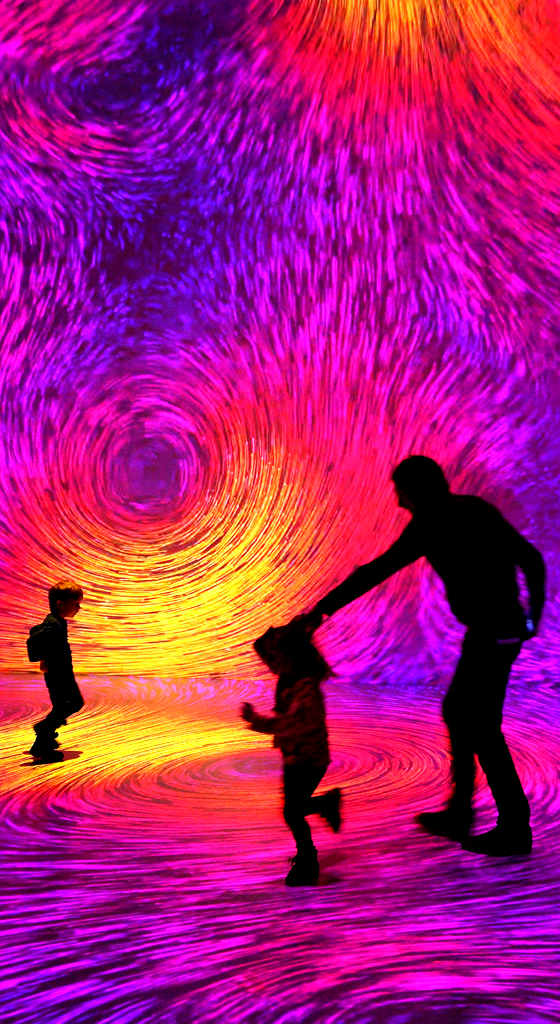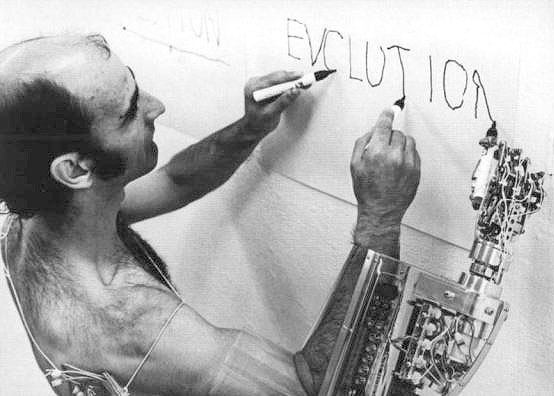drawing with robot arm
“With gene mapping, gender reassignment, prosthetic limbs and neural implants, what a body is and how a body operates becomes problematic. We generate Fractal Flesh and Phantom Flesh, extended operational systems and virtual task environments. Meat and metal mesh into unexpected and alternate anatomical architectures that perform remotely beyond the boundaries of the skin and beyond the local space it inhabits. The monstrous is no longer the alien other. We inhabit an age of Circulating Flesh. Organs are extracted from one body and inserted into other bodies. Limbs that are amputated from a dead body can be reattached and reanimated on a living body. A face from a donor stitched to the skull of the recipient becomes a Third Face. A skin cell from an impotent male can be recoded into a sperm cell. And more interestingly a skin cell from a female body might be recoded into a sperm cell. Turbine hearts circulate blood without pulsing. In the near future you might rest you head on your loved one’s chest. They are warm to the touch, they are breathing, they are certainly alive. But they will have no heartbeat. A cadaver can be preserved forever through plastination whilst simultaneously a comatose body can be sustained indefinitely on a life-support system. Dead bodies need not decompose, near-dead bodies need not die. Most people will no longer die biological deaths. They will die when their life-support systems are switched off. The dead, the near-dead, the not-yet-born and the partially living exist simultaneously. And cryongenically preserved bodies await reanimation at some imagined future. We live in an age of the Cadaver, the Comatose and the Chimera. Liminal spaces proliferate. Engineering organs, stem-cell growing them or by bio-printing will result in an abundence of organs. An excess of organs. Of organs awaiting bodies. Of Organs Without Bodies.” STELARC








